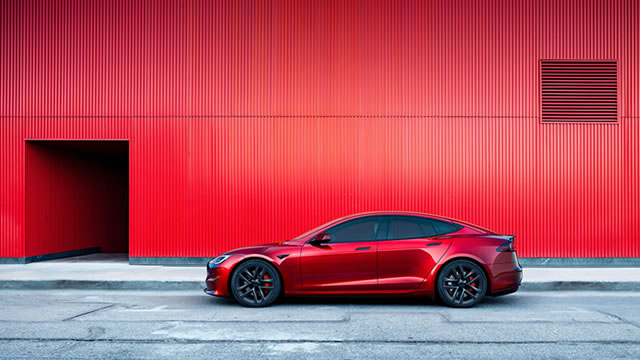Tesla’s First Quarter Vehicle Deliveries: A Disappointing Drop
The electric vehicle (EV) industry witnessed a significant turn of events as Tesla, the global leader in EV production, reported a 13% year-over-year decline in vehicle deliveries during the first quarter of 2025. The company delivered a total of 336,681 vehicles, falling short of both investor expectations and the same period in the previous year.
Weaker-than-Expected Sales
The decline in deliveries is attributed to weaker-than-expected sales, particularly in the Chinese market, which accounts for a significant portion of Tesla’s revenue. The Chinese government’s tightening of import regulations and increasing competition from local EV manufacturers have put pressure on Tesla’s sales in the region.
Missed Investor Targets
Investors had anticipated Tesla to deliver around 365,000 vehicles in the first quarter, based on the company’s previous guidance. However, the actual figure fell short, leading to a drop in Tesla’s stock price and raising concerns about the company’s ability to meet its production targets for the rest of the year.
Competitive Pressure
The competitive landscape in the global EV market has intensified, with companies like Volkswagen, General Motors, and Ford ramping up their production of electric vehicles. These traditional automakers, along with Tesla’s Chinese competitors, have put pressure on Tesla’s market share and profitability.
Impact on Consumers
The decline in Tesla’s vehicle deliveries may lead to longer wait times for new Tesla owners, as the company focuses on increasing production to meet demand. Existing Tesla owners may also experience delays in receiving promised software updates and improvements.
- Longer wait times for new Tesla owners
- Delays in software updates and improvements for existing owners
Impact on the World
The declining sales figures for Tesla could have broader implications for the global EV market. With Tesla’s sales slowing, competitors may capitalize on the opportunity to gain market share. Additionally, the decrease in Tesla’s revenue could impact the company’s ability to invest in research and development, potentially slowing the pace of innovation in the EV industry.
- Increased competition for market share
- Slowed innovation in the EV industry due to decreased investment in research and development
Conclusion
Tesla’s first quarter vehicle deliveries dropping by 13% from the previous year is a significant development in the electric vehicle industry. The decline in sales can be attributed to weaker-than-expected sales in the Chinese market, missed investor targets, and mounting competitive pressures. The impact of these declining sales figures on consumers includes longer wait times for new Tesla owners and delays in software updates for existing owners. On a larger scale, the decline in Tesla’s sales could lead to increased competition for market share and a slowed pace of innovation in the EV industry.





